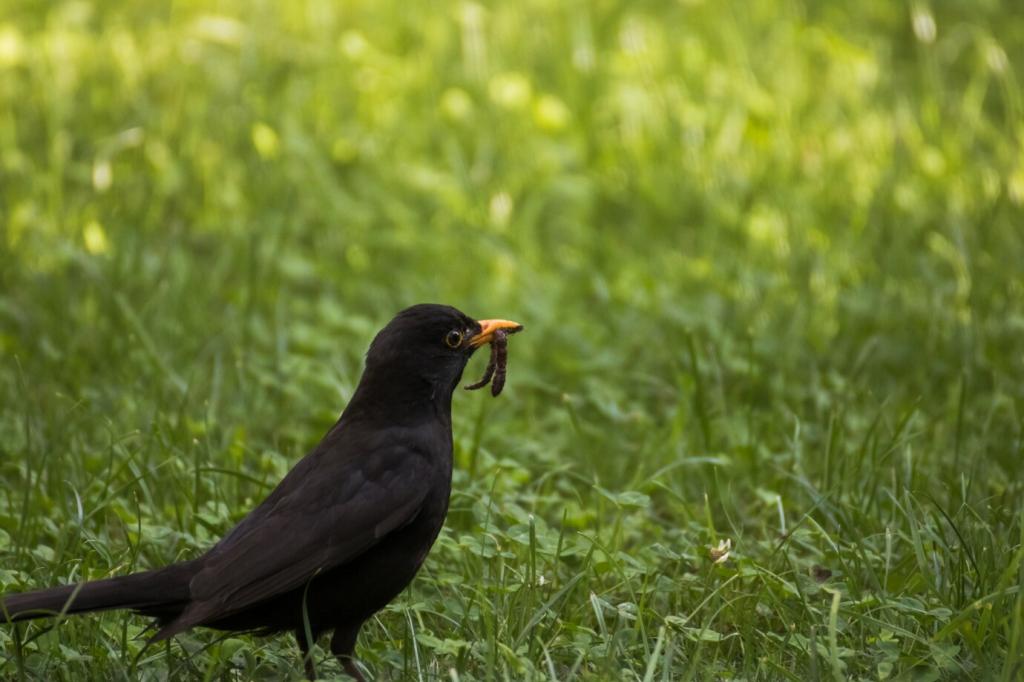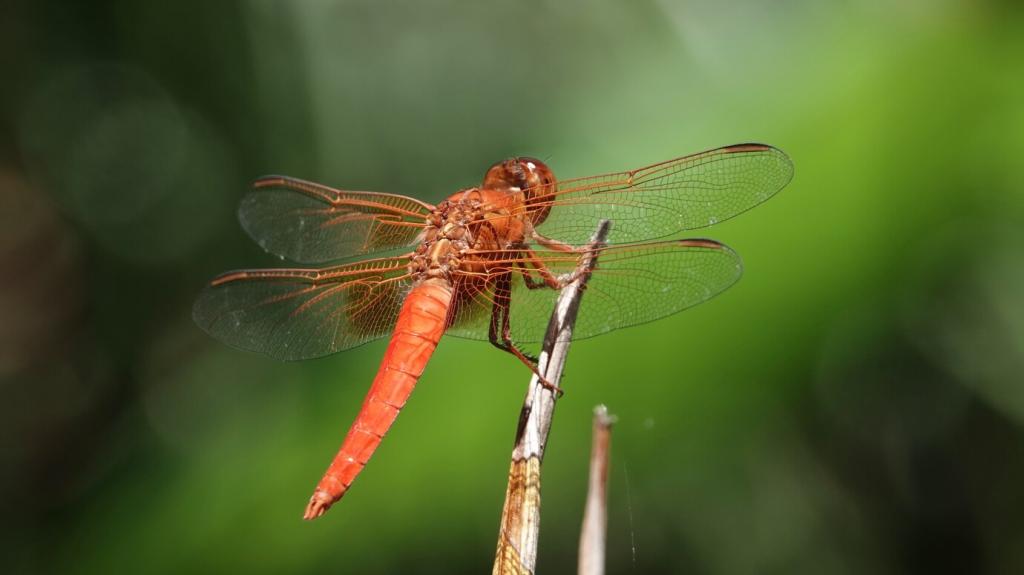Chosen theme: Avoiding Toxic Plants in Pet Landscapes. Build an outdoor haven where curiosity is celebrated and danger is designed out. Today we’ll explore practical, beautiful ways to keep your yard gorgeous, your pets safe, and your mind at ease—join in, share questions, and subscribe for future checklists.
Spot the Risks: Common Toxic Plants Every Pet Parent Should Know
Sago palm seeds can trigger rapid liver failure, oleander and foxglove disrupt heart rhythms, and azalea can cause vomiting and weakness. A neighbor’s Labrador once mouthed a sago seed—fast action and a vet call saved him. Learn the leaves, seeds, and seasonal cues.
Spot the Risks: Common Toxic Plants Every Pet Parent Should Know
For cats, any true lily—leaves, petals, or even pollen—can cause acute kidney failure. If a lily enters your home or garden, treat it like bleach under the sink. Wipe surfaces, remove pollen, and call your vet immediately if exposure occurs.


Plant This Instead: Beautiful, Pet-Safer Alternatives
Herb Borders That Invite Noses and Pollinators
Consider rosemary, thyme, basil, and catmint (Nepeta). They smell wonderful, attract bees, and discourage nibbling once established. Catmint delights felines without the lily risk. Place herbs along paths so pets brush fragrant foliage instead of sampling off-limits ornamentals.
Color Without Worry: Friendly Flower Picks
Snapdragons, zinnias, sunflowers, camellias, and roses offer color and structure. While any plant can cause mild stomach upset if overeaten, these are generally considered safer choices for pet gardens. Watch thorny roses, and share your favorite safe bloom mixes below.
Groundcovers and Greens That Go Easy on Paws
Try microclover, buffalo grass, or tough turf fescues to resist zoomies. For mulch, choose shredded hardwood or pine bark and skip cocoa hulls. Avoid sharp-edged ornamental grasses near play areas; tuck them behind borders where curious noses won’t get scratched.

Designing a Pet-Safe Landscape That Still Looks Stunning
Dogs love loops. Lay flagstone or gravel paths between the door and favorite sniff spots to reduce trampling. Flank routes with resilient plantings so your design works with natural patrol habits instead of fighting them every afternoon.
Designing a Pet-Safe Landscape That Still Looks Stunning
Use raised planters, low fencing, or dense edging plants to discourage wandering mouths. Choose smooth pea gravel or stone for borders—no cocoa mulch. A tidy edge cues pets to keep off, and it looks crisp from porch to back gate.
Soil, Mulch, and Water: The Safety Details People Miss
Mulch Matters: Skip Cocoa, Choose Safer Options
Cocoa mulch contains theobromine and caffeine, which can poison dogs. Opt for untreated hardwood, pine bark, or well-aged compost. Keep piles covered until spread, and rinse dusty pathways so curious lickers don’t sample concentrated bits.
Fertilizers and Pest Control With Pets in Mind
Even organic blends can irritate if ingested. Water in fertilizers, store bags sealed, and block access until dry. Avoid metaldehyde slug baits; consider iron phosphate, copper barriers, hand-picking, or beer traps as lower-risk alternatives for garden beds.
Water Features and Algae Awareness
Standing water invites mosquitoes and sometimes cyanobacteria (blue-green algae), which can be deadly. Keep fountains circulating, clean regularly without harsh algaecides, and provide a separate pet water station so thirsty pals don’t sample ponds.



Tech and Community: Smarter Decisions, Together
Plant ID You Can Trust (With a Reality Check)
Use plant ID apps, then verify against the ASPCA toxic plant list or your vet’s guidance. Apps guess; you decide. Keep a simple notebook with photos and bloom times so you never reintroduce a problem plant by accident next season.
Map Your Yard, Mark Your Wins
Sketch beds, note safe species, and mark “avoid” zones. A simple map on your phone helps when nursery temptations strike. Want our editable template? Drop a comment or subscribe, and we’ll send a downloadable version you can print.
Stories That Change Habits
My aunt’s terrier once chewed a fallen oleander leaf during a vacation stay. Because the sitter recognized the plant, they acted immediately—and he recovered. Real stories teach faster than lectures. Share yours to help another pet parent act sooner.
Training for Harmony: Teaching Pets to Ignore Tempting Greens
Practice indoors first, then graduate to the garden with a leash. Mark the moment your pet disengages from a plant, reward generously, and lead toward a permitted sniffing spot. Consistency beats scolding, and it protects curious explorers.
